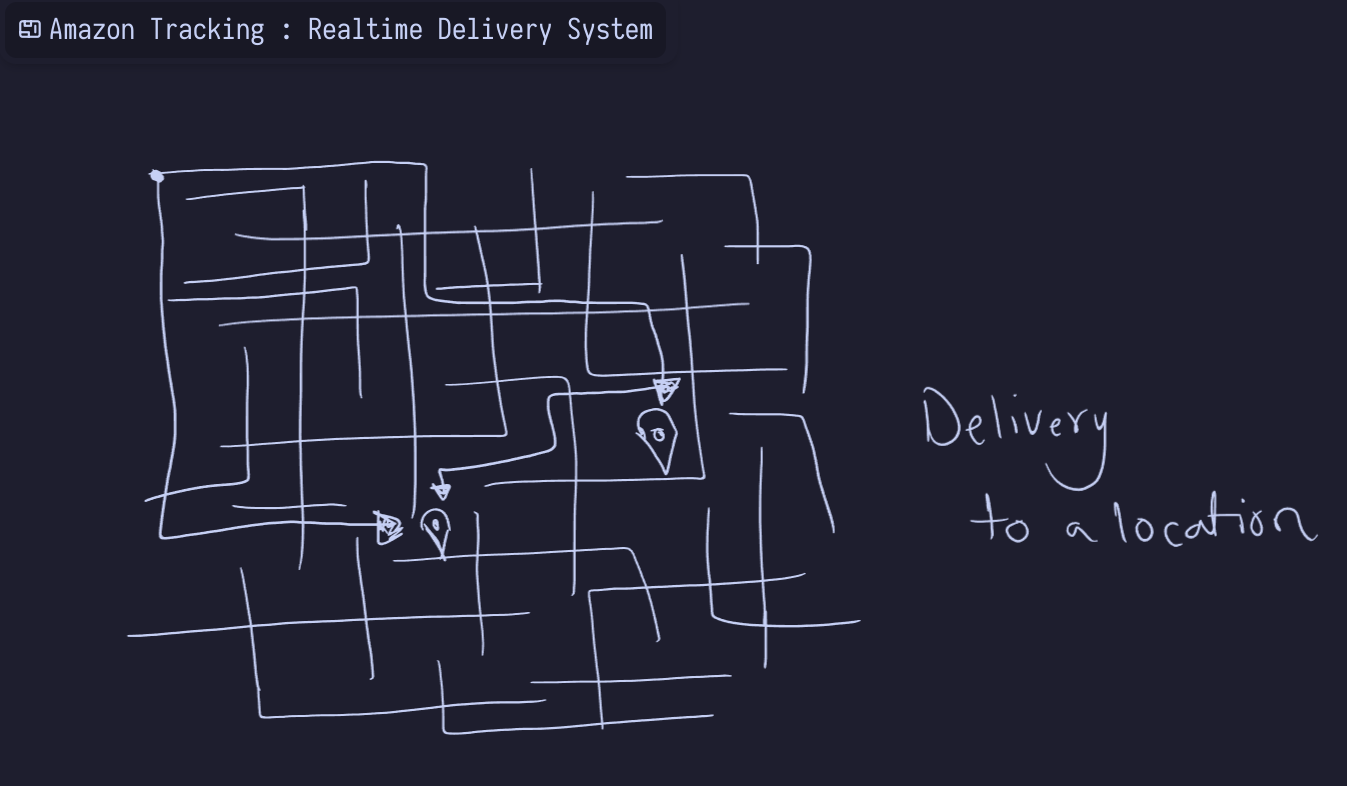Wires #1: Getting Started - Requirements and Thoughts

Let’s create an insightful, fun and outstanding project. On this long journey of creating such a thing, I will share ups and downs, thoughts and progress.
But why ? aka Motivation
The answer to that is another question “Coz why not ?”, since learning is a an endless journey and I am somewhere on that line, I believe that making projects is the best way to learn.

I am interested in creating things from scratch, so I will do my best during this project to make sure that I am not using things that I don’t know about. This project is going to be my take on building and visualizing a scalable system starting from just an idea to a final product. I will apply some concepts to make it clean, scalable, maintainable, and easy to use by applying various concepts (I want to learn):
- Visualization
- Multi-Processing
- Containerization
- Using multiple services.
Getting Started?
So, what now ?, when thinking about creating something, first we need to brainstorm to come up with solutions. Below I have gathered all the things I want to target by the end of this project.

- Web Application: to make it easy to access.
- Real-time: we want it to be, as close as how real projects work. Something happens now!
- Solves a problem: There must be a problem first, so that we can come up with a solution (Thanks Sherlock!).
- Documented: Not only I will write blogs, I am going to write documentations too (But what are the documentations types ?)
- Multiple langs: Since I have decent knowledge with Go and I am learning C# now, so diversity is a thing!
- Public: I meant you don’t need to install some stuff to try. Solved #1 + Production application (yeah it works on my machine)

The Project!
Isn’t it obvious?, we’re going to build Amazon at home, Just kidding mom!.
We’ll create Realtime Delivery System, a visualization of how packages are delivered in some imaginary world ofc.
The idea is simple, let’s create a system that:
- Tracks the packages in realtime.
- Calculates the optimal route for delivering all packages in a single shot.

Detailed Overview
I like to call it “High Level Requirements”, in order to gather these requirements there are some steps we need to follow:-
- Identify Stakeholders: Stakeholders can include end-users, managers, executives, and anyone who will be affected by or have an impact on the project. In our case, end users are those who will use the application, no managers or executives.
- Conduct Stakeholder Interviews: We need to ask stakeholders (end-users: us) about their needs, expectations and concerns.
-
Normal User
- I need the application to perform well, look nice and be easy to use (oh what else norm!).
- The application should allow me to view the delivery route of my orders in realtime, with estimation of arival time.
- I can cancel any order at any time (unrealistic btw) before the package is delivered.
-
Admin User
- I can view all the orders (traffic) in a region, in realtime.
- I can cancel an order (reschedule).
-
Driver User
- I should always take the optimal route to deliver all the packages in the shortest time possible.
- I should get another route if the first optimal one has some conflicts (Traffic Jam, or whatever!).
- Define Project Scope: Identify what the software is expected to achieve and what features and functionalities are in and out of scope. Achievement list:
- Visualization of the traffic for all the user depending on the user’s role:
Normal, Admin. - The drivers’ requirements are taken as application process, which mean they will be merged in the actual process.
- Users can cancel orders, and the system should re-calculate the best route in realtime.
- The system should be access by anyone (The Users), in a way that the doesn’t require them to install additional software. Out of scope:
- Reschedule orders.
- Create Use Case: Develop use cases to understand how different users will interact with the system.

That’s the simplest form of design I could come up with:

Notes:
- The settings are chooses by the
end-user, settings make changes to the map. - There can be many intersections between routes, which mean many packages are being processed.
- Choosing View as
adminwill show more information about all the drivers and packages. - When the visualize button is pressed map location dynamically changes in realtime, in infinite loop (respawning new users!).
A general more abstract design:

Questions
- How to create system design for that ?
- How to choose the system components that suits the our needs ?
- Visualization Engine, huh ?
- How to measure the load on the system ?
Say Hello :D
Sponsor